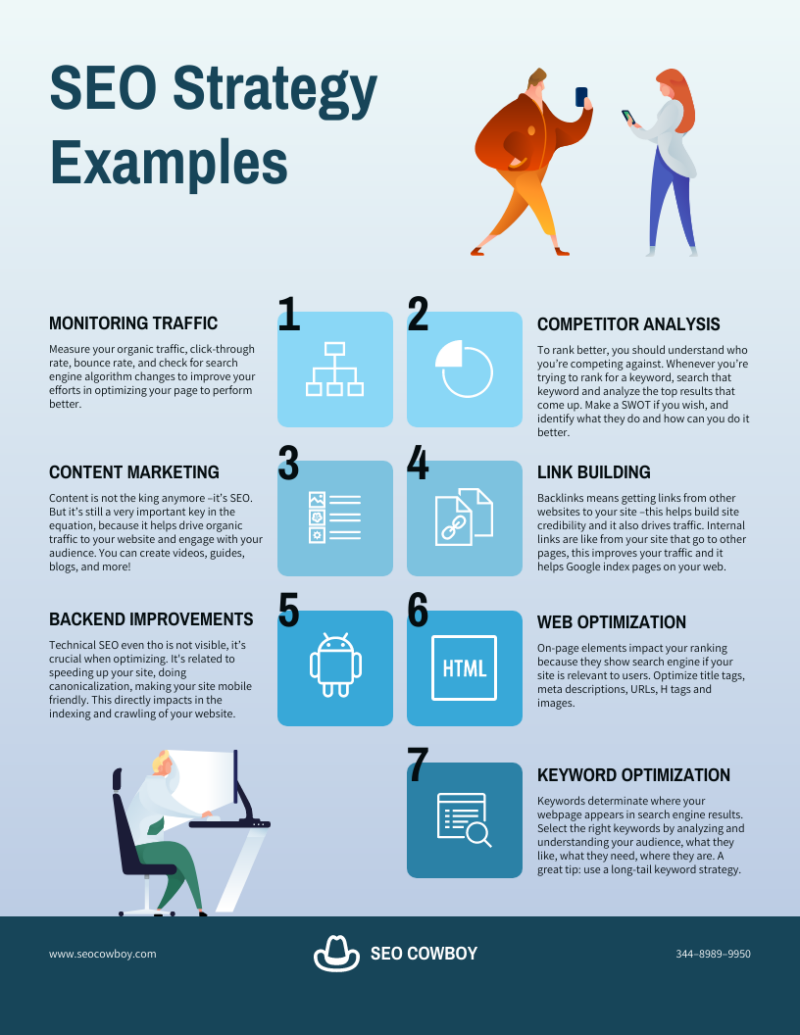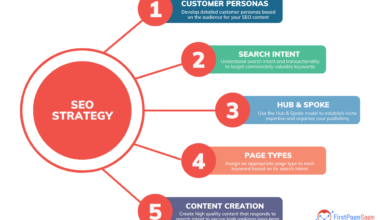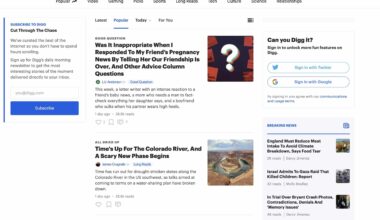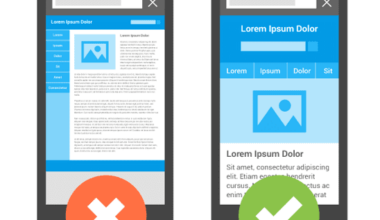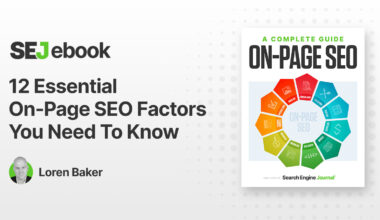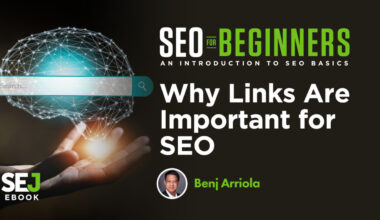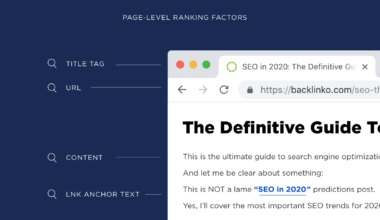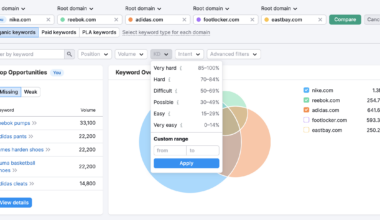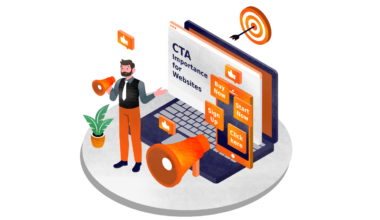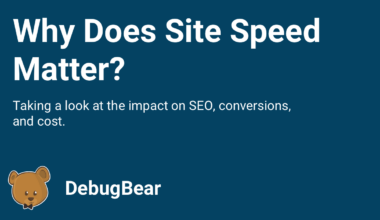Introduction to SEO for Infographics
Infographics are an excellent way to present complex data in a visually appealing and easy-to-understand way. They are widely used in content marketing to drive traffic, build brand awareness, and generate backlinks. However, creating an infographic is just the first step. To get the most out of it, you need to optimize it for search engines. This is where SEO for infographics comes into play.
SEO for infographics involves optimizing the various elements of an infographic to make it more visible and discoverable by search engines. This includes optimizing the file name, alt text, title tag, and meta description. By doing this, you can improve the chances of your infographic appearing in search engine results pages (SERPs) when people search for relevant keywords.
In this article, we’ll take a closer look at the benefits of optimizing infographics for SEO and outline some best practices to help you get started. We’ll also cover how to use relevant keywords and alt text for infographics, as well as promoting infographics through social media and backlinks. By the end of this article, you’ll have a better understanding of the importance of SEO for infographics in content marketing.
Benefits of Optimizing Infographics for SEO
Optimizing infographics for SEO has several benefits that can boost your content marketing efforts. Here are some of the benefits you can enjoy by optimizing your infographics for search engines:
Increased Visibility and Traffic
By optimizing your infographics for search engines, you can increase their visibility and attract more traffic to your website. When your infographic appears in SERPs, it can capture the attention of users who are searching for relevant keywords. This can result in more clicks, visits, and engagement on your website.
Improved Brand Awareness
Infographics are a great way to showcase your brand’s expertise and knowledge in a particular subject. When your infographics appear in search results, they can help establish your brand as a thought leader in your industry. This can improve your brand’s reputation, increase awareness, and attract more followers.
Higher Engagement and Sharing
Infographics are highly shareable, and they can attract more engagement and backlinks to your website. When you optimize your infographics for SEO, you increase their chances of being shared on social media platforms, blogs, and other websites. This can result in more backlinks to your website, which can improve your website’s authority and search engine rankings.
Improved User Experience
Optimizing your infographics for SEO also improves the user experience for your website visitors. When your infographics are well-optimized, they load faster, are easier to read, and provide a better user experience. This can result in more engagement, longer time spent on your website, and improved conversion rates.
Measurable Results
Finally, optimizing your infographics for SEO allows you to measure their impact on your content marketing efforts. By tracking the number of clicks, visits, shares, and backlinks, you can determine which infographics are performing well and which ones need improvement. This data can help you refine your content marketing strategy and create more effective infographics in the future.
In the next section, we’ll outline some best practices for optimizing infographics for SEO.
Best Practices for Optimizing Infographics for SEO
To optimize your infographics for SEO, you need to follow some best practices. Here are some tips to help you get started:
1. Choose a Relevant Topic
Before you start creating your infographic, you need to choose a relevant topic that your audience will find interesting and engaging. Research your target audience to understand their interests and pain points, and then create an infographic that addresses those issues.
2. Use High-Quality Graphics and Fonts
The quality of your graphics and fonts can make a big difference in the success of your infographic. Make sure to use high-quality graphics and fonts that are easy to read and visually appealing. Avoid using too much text or cluttered designs, as this can make your infographic difficult to understand.
3. Optimize the File Name and Alt Text
To make your infographic more visible to search engines, you need to optimize the file name and alt text. Use a descriptive file name that includes relevant keywords and avoid using generic names like “infographic.png”. Also, write a clear and concise alt text that describes the content of your infographic.
4. Include Relevant Keywords in the Title Tag and Meta Description
The title tag and meta description are important elements of your infographic’s SEO. Make sure to include relevant keywords in the title tag and meta description, as this can improve the chances of your infographic appearing in search results.
5. Promote Your Infographic through Social Media and Backlinks
To increase the visibility and reach of your infographic, you need to promote it through social media and backlinks. Share your infographic on social media platforms like Twitter, Facebook, and LinkedIn. Also, reach out to other websites and blogs in your industry and ask them to share your infographic with their audience.
6. Track Your Results and Make Improvements
Finally, you need to track the results of your infographic and make improvements as needed. Use tools like Google Analytics to track the number of clicks, visits, shares, and backlinks. Analyze this data to determine which infographics are performing well and which ones need improvement. Use this information to refine your content marketing strategy and create more effective infographics in the future.
In conclusion, optimizing your infographics for SEO is an essential part of content marketing. By following these best practices, you can increase the visibility and reach of your infographics, improve your brand awareness, and attract more traffic to your website.
Using Relevant Keywords and Alt Text for Infographics
Keywords are an essential component of SEO for infographics. They help search engines understand the content of your infographic and rank it for relevant search queries. Here are some tips on how to use relevant keywords and alt text for infographics:
1. Research Relevant Keywords
Before creating your infographic, research relevant keywords that your target audience is searching for. Use tools like Google Keyword Planner or Ahrefs to find keywords with high search volume and low competition. Use these keywords in your infographic’s file name, title tag, meta description, and throughout the content.
2. Use Keywords in the File Name and URL
The file name and URL of your infographic are important elements of SEO. Use relevant keywords in the file name and URL to make it easier for search engines to understand the content of your infographic. For example, if your infographic is about “The Benefits of Yoga”, use a file name like “yoga-benefits-infographic.png” and a URL like “yourwebsite.com/yoga-benefits-infographic”.
3. Write a Descriptive Alt Text
Alt text is a text description of your infographic that appears when the image fails to load or when a visually impaired user accesses your website. Use descriptive alt text that accurately describes the content of your infographic. Include relevant keywords in the alt text, but make sure it reads naturally and provides value to the user. For example, a good alt text for the “yoga-benefits-infographic.png” could be “A colorful infographic showcasing the benefits of practicing yoga, including stress relief, flexibility, and improved mental health”.
4. Don’t Overstuff Keywords
While using relevant keywords is important for SEO, it’s crucial not to overstuff them into your infographic. Keyword stuffing can harm your SEO and make your infographic look spammy. Use keywords naturally throughout the content and avoid repeating them too many times.
5. Use Header Tags and Bulleted Lists
Using header tags, bullet points, and numbered lists can help improve the readability and accessibility of your infographic. Search engines also use these elements to understand the content of your infographic better. Use header tags (H1, H2, H3) to break down your content into sections and use bullet points or numbered lists to highlight key points.
6. Keep the Infographic Relevant and Engaging
Finally, to rank well on search engines, your infographic should be relevant and engaging to your target audience. Make sure your infographic provides value and
Promoting Infographics Through Social Media and Backlinks
Promoting your infographic through social media and backlinks is an essential part of SEO for infographics. Here are some tips on how to promote your infographic and generate backlinks:
1. Share on Social Media
Social media platforms like Twitter, Facebook, and LinkedIn are excellent channels for promoting your infographic. Share your infographic on your social media profiles and encourage your followers to share it with their network. Use relevant hashtags and tag industry influencers to increase the visibility of your infographic.
2. Reach Out to Bloggers and Websites
Reach out to industry bloggers and websites and ask them to share your infographic with their audience. Offer to write a guest post or provide a backlink in exchange for sharing your infographic. Make sure to personalize your outreach and highlight the value of your infographic to their audience.
3. Submit to Infographic Directories
Submit your infographic to infographic directories like Visual.ly, Infographic Journal, and Infographics Archive. Infographic directories are a great way to get your infographic in front of a larger audience and generate backlinks to your website. Make sure to follow the submission guidelines and include a backlink to your website.
4. Use Email Outreach
Use email outreach to promote your infographic to your email list and industry contacts. Personalize your email and highlight the value of your infographic. Include a shareable link to your infographic and encourage your contacts to share it with their network.
5. Monitor and Track Results
Monitor the performance of your infographic and track the number of shares and backlinks it generates. Use tools like Google Analytics, Ahrefs, and BuzzSumo to track the performance of your infographic. Analyze the data to determine which promotion channels are working well and make improvements to your promotion strategy.
In conclusion, promoting your infographic through social media and backlinks can significantly increase the visibility and reach of your infographic. Use these tips to promote your infographic and generate backlinks to your website.
Final Thought: The Importance of SEO for Infographics in Content Marketing
Infographics are a powerful tool in content marketing, and optimizing them for SEO can significantly boost their impact. By following best practices such as using relevant keywords and alt text, creating high-quality graphics, and promoting your infographic through social media and backlinks, you can increase the visibility and reach of your infographics, improve your brand awareness, and attract more traffic to your website.
SEO for infographics isn’t just about ranking higher on search engine results pages. It’s about using infographics to showcase your brand’s expertise and knowledge, engage with your audience, and provide value to your target market. Infographics are an excellent way to communicate complex data and information in a visually appealing and easy-to-understand way, and optimizing them for SEO can help you get the most out of your content marketing efforts.
In today’s competitive digital landscape, it’s not enough to create great content. You need to ensure that your content is optimized for search engines and promoted through various channels to reach your target audience. Infographics are a valuable asset in your content marketing strategy, and by optimizing them for SEO, you can take your content marketing efforts to the next level.
In conclusion, SEO for infographics is an essential part of content marketing. By following best practices, promoting your infographic through social media and backlinks, and tracking your results, you can create infographics that resonate with your audience, improve your brand awareness, and attract more traffic to your website. So, start optimizing your infographics for SEO today and reap the benefits of this powerful content marketing tool.
